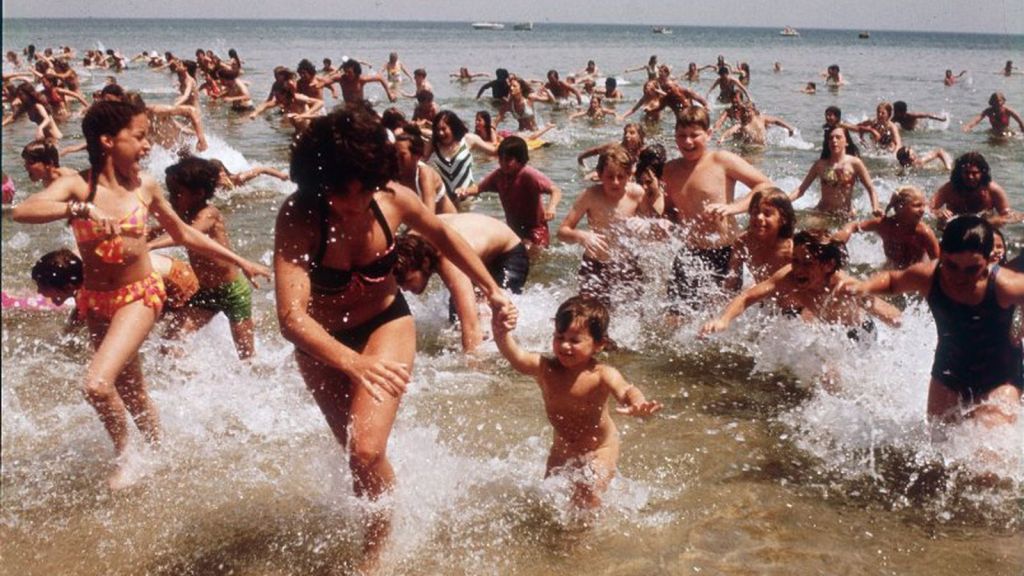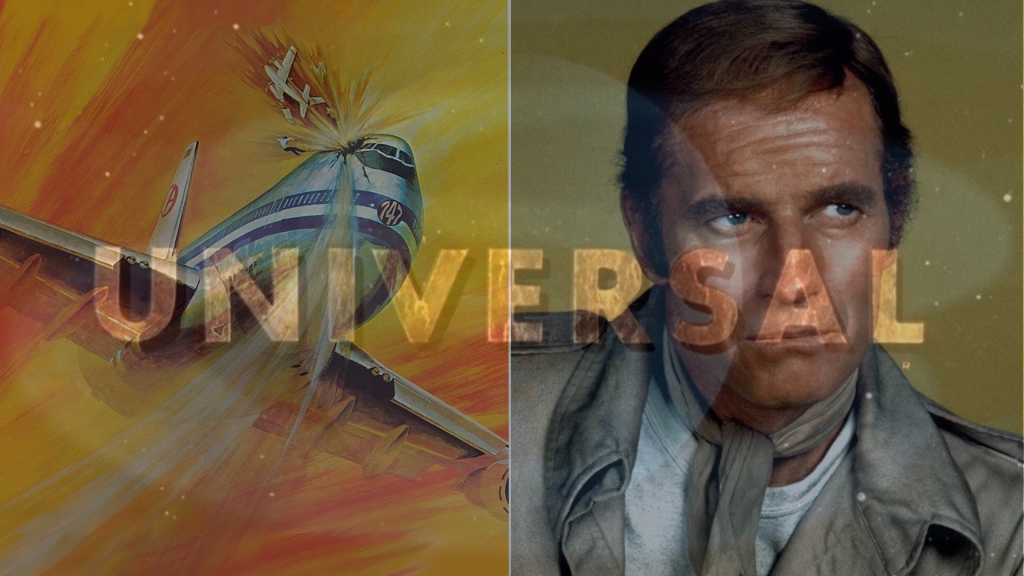

Released in 1953 and clocking in at just about one hour of running time, Fear And Desire is widely considered Stanley Kubrick’s directorial feature debut. This idea of trying to define whether it should still be considered a short film instead is a controversy one could devote an entire article to delineating, because there’s but a dozen of definitions out there devised with the intent to segregate films into shorts, featurettes and features. Since cinema isn’t really an exact science, a lot of it is rooted in opinion; and as we all know, opinions are like buttholes – everybody has one. So, in the interest of steering clear of any rectal explorations trying to make up my own mind on the subject, I will just agree with what looks like a consensus and instead focus my energy on discussing the film itself.
Indeed, Fear And Desire is a fascinating example of Kubrick’s raw talent and a subconscious drive to deconstruct the ideas of madness and the human proclivity to leave a mark on this world, harnessed by his growing sense of authorial control. From the very opening panning shot of a serene mountainous landscape in which the tranquillity of the visual is juxtaposed with the off-screen narration informing the viewer of a war raging in these forests one can see Kubrick’s desire to use cinema to assault the senses and invade the viewer’s comfort zone using subtle infiltration tactics. This seemingly innocuous shot sets the stage for a psychological horror to take place in which a small team of soldiers, who had crashed behind the enemy lines, would have to wrestle with their mission objectives and their own moral values as their predicament slowly chips away at their psychological constitution. To aid this goal Kubrick employed rather understated techniques, such as never exposing the characters (or the audience) to large-scale fighting and only using the distant rumble of artillery as a reminder that they are on dangerous grounds after all.
Furthermore, to illustrate the progressive mental decline of the characters, especially Sidney who succumbs to some form of delirium when left alone guarding a captive peasant girl, Kubrick deployed very bold and suggestive editing clearly inspired by the works of Sergei Eisenstein. This usage of what essentially was the language of silent cinema adds immensely to the undercurrent of subliminal messaging weaving beneath the plane of the narrative and pegs the entire film as a decidedly anti-war effort. In addition, the filmmaker was clearly driven to upset the audience expectations, especially in the wake of WWII, by never openly defining which conflict this story takes place in but clearly dressing the main characters in US Army fatigues and the enemy in Nazi uniforms. However, by casting his leads as both the protagonists and the antagonists, Kubrick was sending a strong anti-war message, even though it might have looked like a by-product of budgetary restrictions or the fact he couldn’t hire more people to play those roles. I think this was clearly meant to evoke a sense of discomfort in the audience who wouldn’t be able to get behind the protagonists and – by implication – to dehumanize the antagonists. Kubrick wanted the viewer to see both sides as humans and remove any possibility for any of the sides to be labelled as good or evil. That’s because war in Kubrick’s eyes was a test of the limits of human morality and not just an opportunity to tell captivating stories.
In the end, Fear And Desire should be seen as a formidable debut that clearly hinted at Kubrick’s eventual ascension to greatness. Although it’s raw, unpolished and occasionally marred by instances of substandard acting one has to turn their blind eye on, the film is very powerful as a whole. What matters, however, is that Kubrick – who never went to film school and was learning the craft of filmmaking as he went along – was already showing immense levels of confidence and control over the entire project from cinematography to editing and direction, even though he didn’t pen the script himself. Perhaps his eventual career in filmmaking was somehow a continuation of the pursuit of complete control over the picture he carried over from his early obsession with photography.




Leave a comment